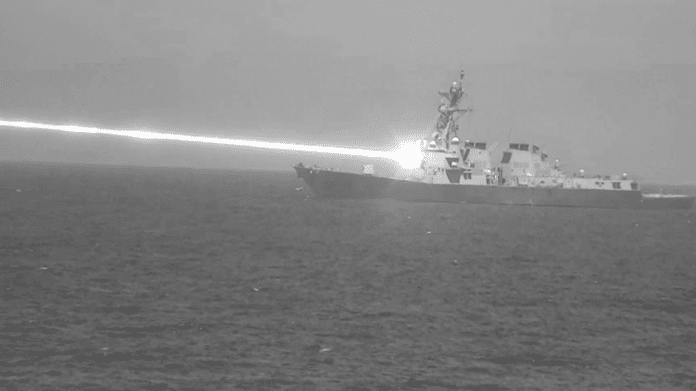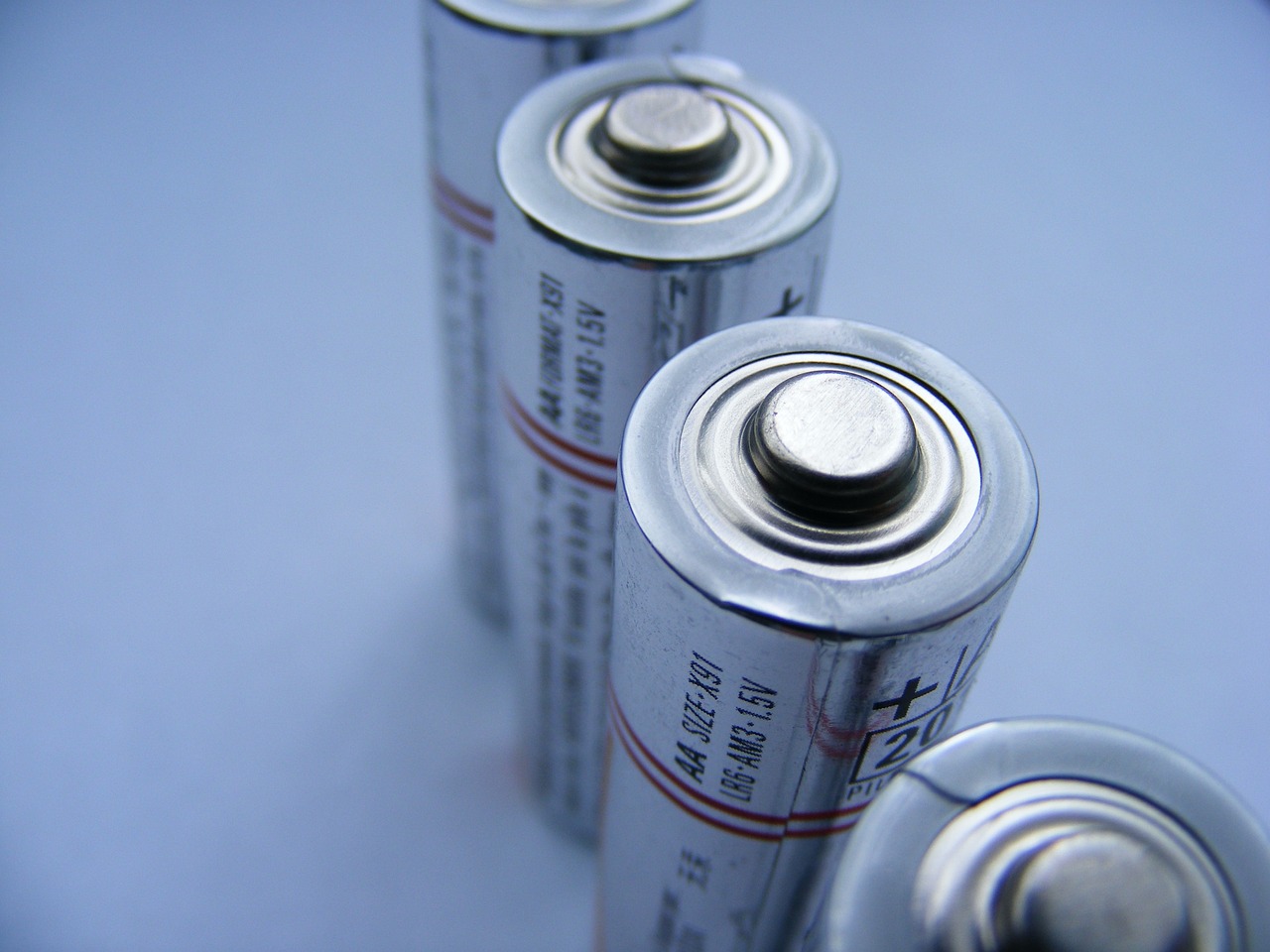
This post is also available in:
 עברית (Hebrew)
עברית (Hebrew)
The U.S. Navy has recently demonstrated the capabilities of its High-Energy Laser with an Integrated Optical Dazzler and Surveillance (HELIOS) system, successfully engaging an aerial target drone during a test aboard the USS Preble. The test, conducted in 2024, marks a significant step toward fully integrating this cutting-edge laser technology into operational defense systems.
This 60-kW directed-energy weapon, was installed on the Preble in 2022, replacing one of its two Mk 15 Phalanx Close-In Weapon Systems (CIWS). This laser weapon system is designed to defend against small, fast-moving threats such as drones and small boats, both manned and unmanned. In addition to its primary function of disabling threats, HELIOS features an optical dazzler component that can confuse or blind optical-seeking missiles, providing an additional layer of defense.
The Navy’s goal with the recent test was to assess the HELIOS system’s overall functionality and performance, as it continues its push to operationalize directed-energy weapons. The test took place at an undisclosed location, but the USS Preble had moved from San Diego to Japan in September 2024. While HELIOS has a maximum effective range of 8 km, the performance of the weapon can be influenced by atmospheric conditions.
One of HELIOS’ main advantages is its cost-effectiveness compared to the cost traditional missile defense systems, as each shot only requires electricity. This significantly reduces operational costs for the Navy, especially when deployed in high-volume conflict scenarios. Lockheed Martin, the system’s developer, continues to refine the HELIOS system, with plans for future deployment on additional ships of the Arleigh Burke class.
Although the system shows great promise, it currently faces limitations, such as targeting only one object at a time and dealing with power and heat constraints. Despite these challenges, the successful integration of HELIOS into Navy operations signals a future where directed-energy weapons could play a major role in modern warfare.

























